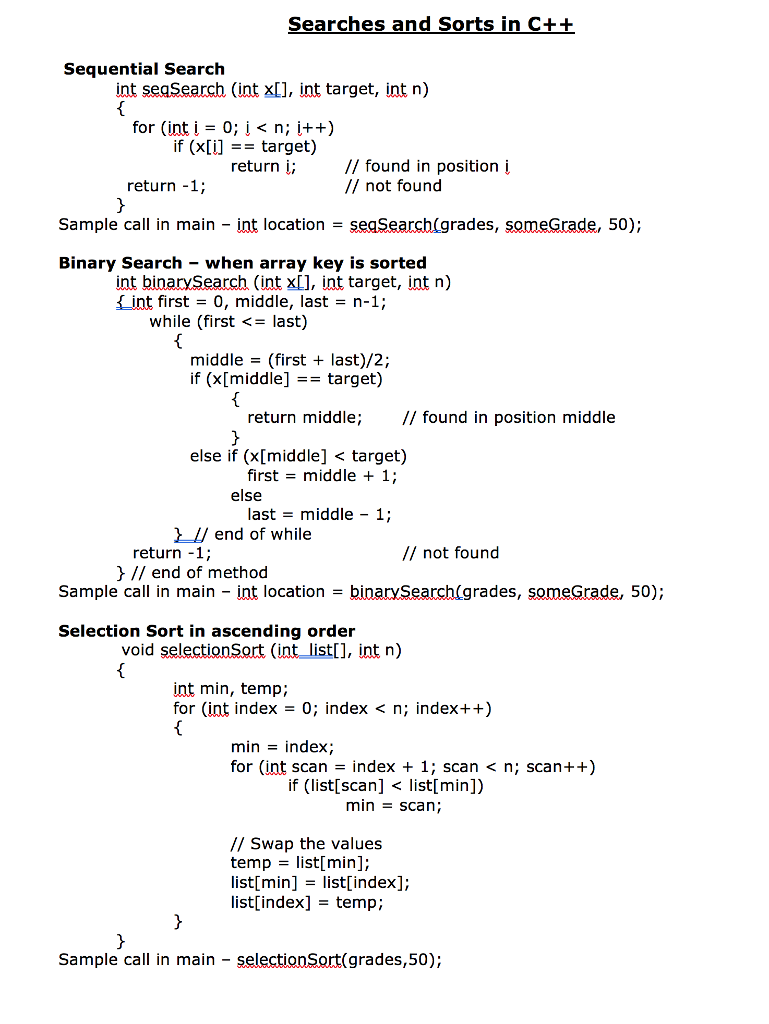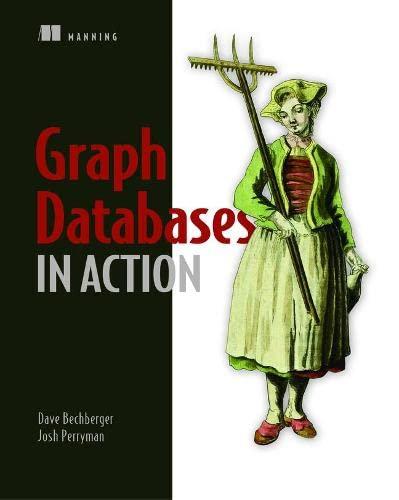Answered step by step
Verified Expert Solution
Question
1 Approved Answer
PLEASE DO PART I through VI Dev C++ Part I: Create three arrays: (Be sure to do this first) You can put the data into
PLEASE DO PART I through VI


Dev C++
Part I: Create three arrays: (Be sure to do this first) You can put the data into a file (extra credit) or hard code it in main. The data is as follows: GRADES AGES NAMES Anne Bob Ralph im Barbara Jane Steve Tom Mike Shirley Pam Frank 67 85 70 93 85 83 18 25 31 57 20 21 29 25 37 100 89 81 75 50 23 19 Part II: Read in the data from a file using a function (extra credit) or assign the data with three initialization statements, like: >; string names [12] -{Anne", "Bob", "Ralph", int grades[12]167, 85, 70, and print the names, grades, and ages in the format above, also using a function. Part III: Calculate the average grade in a function and print it. Then print the names and grades (not ages) and the difference from the average by calling a function. Part IV: Print all the student names who are over the age of 25, by calling a function. Part V: Rearrange these people in descending sequence by name (USE A SORT ALGORITHM FROM THE SORTS AND SEARCHES HANDOUT) and print the three arrays. As you sort on name, you must remember to flip the ages and grades. Part VI Rearrange these people in ascending order by age (USE A DIFFERENT SORT ALGORITHM FROM THE SORTS AND SEARCHES HANDOUT) and print the three arrays As you sort on ages, you must remember to flip the names and grades. This program should include: . 2 different sort functions a print function which prints two arrays a print function which prints three arrays. You can call this functionthree times in main. Make sure all methods are writen to handle n elements, not just 12. You can pass 12 from main to n in the method/function
Step by Step Solution
There are 3 Steps involved in it
Step: 1

Get Instant Access to Expert-Tailored Solutions
See step-by-step solutions with expert insights and AI powered tools for academic success
Step: 2

Step: 3

Ace Your Homework with AI
Get the answers you need in no time with our AI-driven, step-by-step assistance
Get Started


